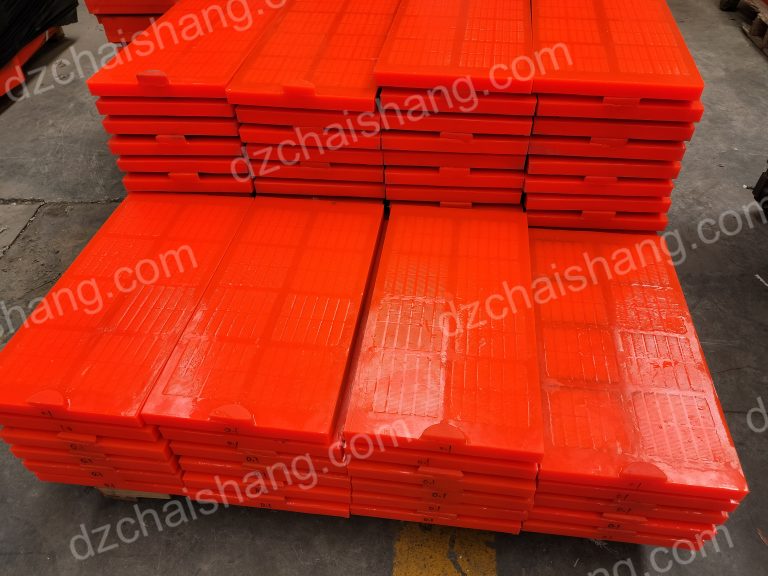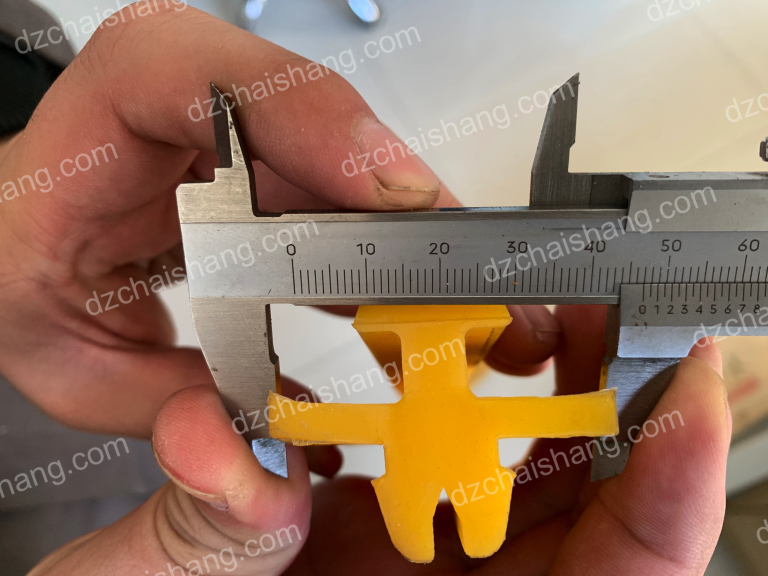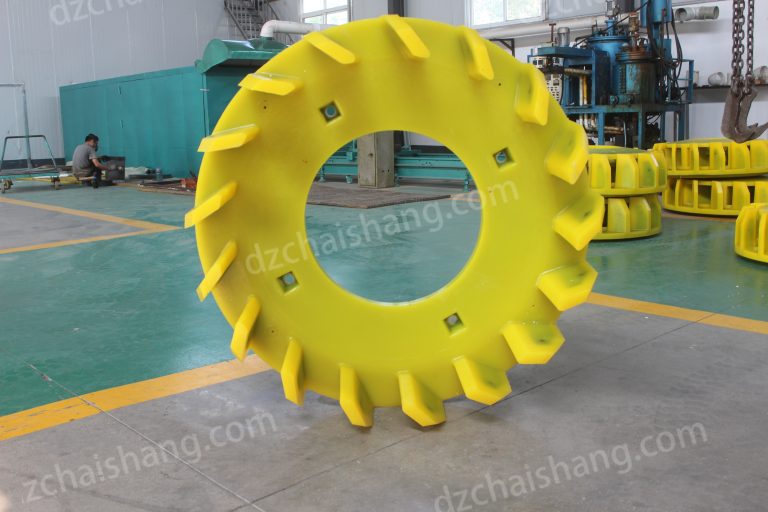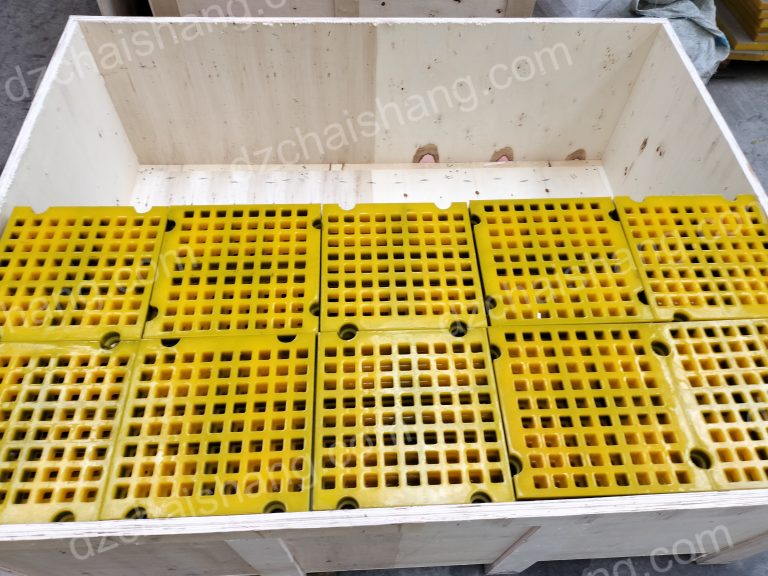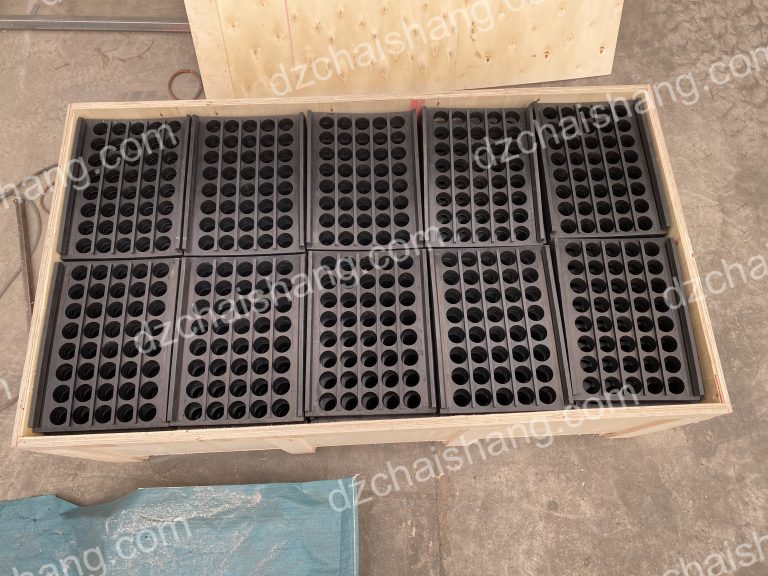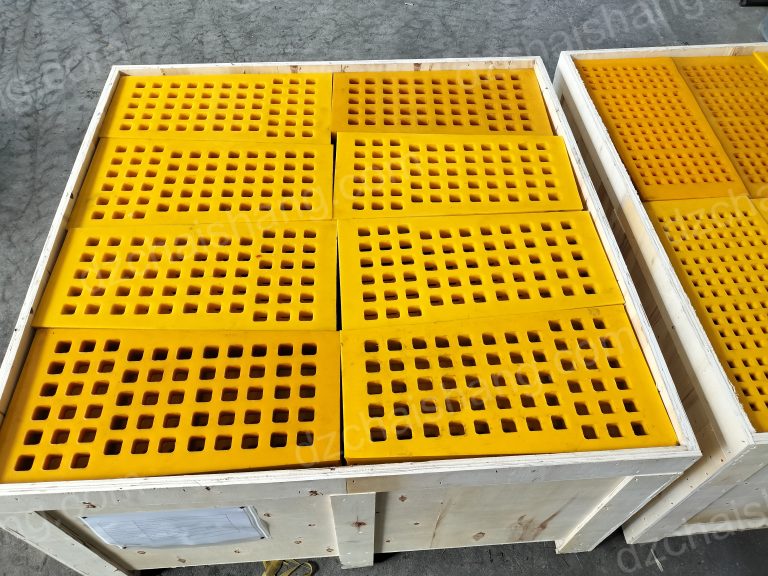linear vibrating screen
Introduction to linear vibrating screen
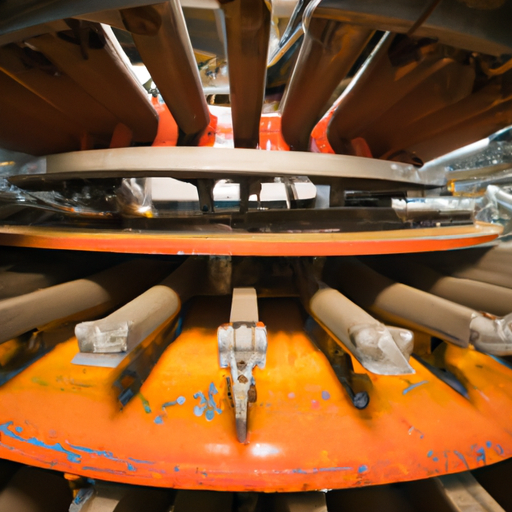
Linear vibrating screens are widely used in various industries for screening and grading of different materials. They are efficient and reliable machines that can handle a wide range of applications. In this article, we will provide an introduction to linear vibrating screens, explaining their working principle, advantages, and common uses. Linear vibrating screens operate on the principle of linear motion. This means that the vibrating screen moves in a straight line, with the material being fed into the machine evenly from the feeder. The screening machine consists of a screen box, vibration motor, and supporting device. The screen box is made of several panels, which are connected by bolts and equipped with different mesh sizes to achieve the desired screening effect. The vibration motor generates vibration force, which causes the screen box to vibrate. The material on the screen surface moves forward in a straight line due to the exciting force of the vibration motor. As the material moves along the screen surface, particles smaller than the mesh size fall through the screen, while larger particles are retained on the screen surface. This process separates the material into different sizes, allowing for efficient screening and grading. One of the main advantages of linear vibrating screens is their high screening efficiency. The linear motion of the screen box ensures that the material is evenly distributed on the screen surface, maximizing the screening area. This results in higher throughput and better separation of particles. Additionally, the linear vibrating screen has a simple structure and low power consumption, making it cost-effective and easy to maintain. Linear vibrating screens are used in a wide range of industries. In the mining industry, they are used for screening and grading of ores and minerals. The linear motion of the screen box helps to remove fines and improve the quality of the final product. In the chemical industry, linear vibrating screens are used for screening and grading of various chemicals and powders. They can also be used in the food industry for sorting and separating food products. Another common use of linear vibrating screens is in the recycling industry. They are used for sorting and separating different types of waste materials, such as plastics, paper, and metals. The linear motion of the screen box helps to separate the materials based on their size and density, allowing for efficient recycling processes.
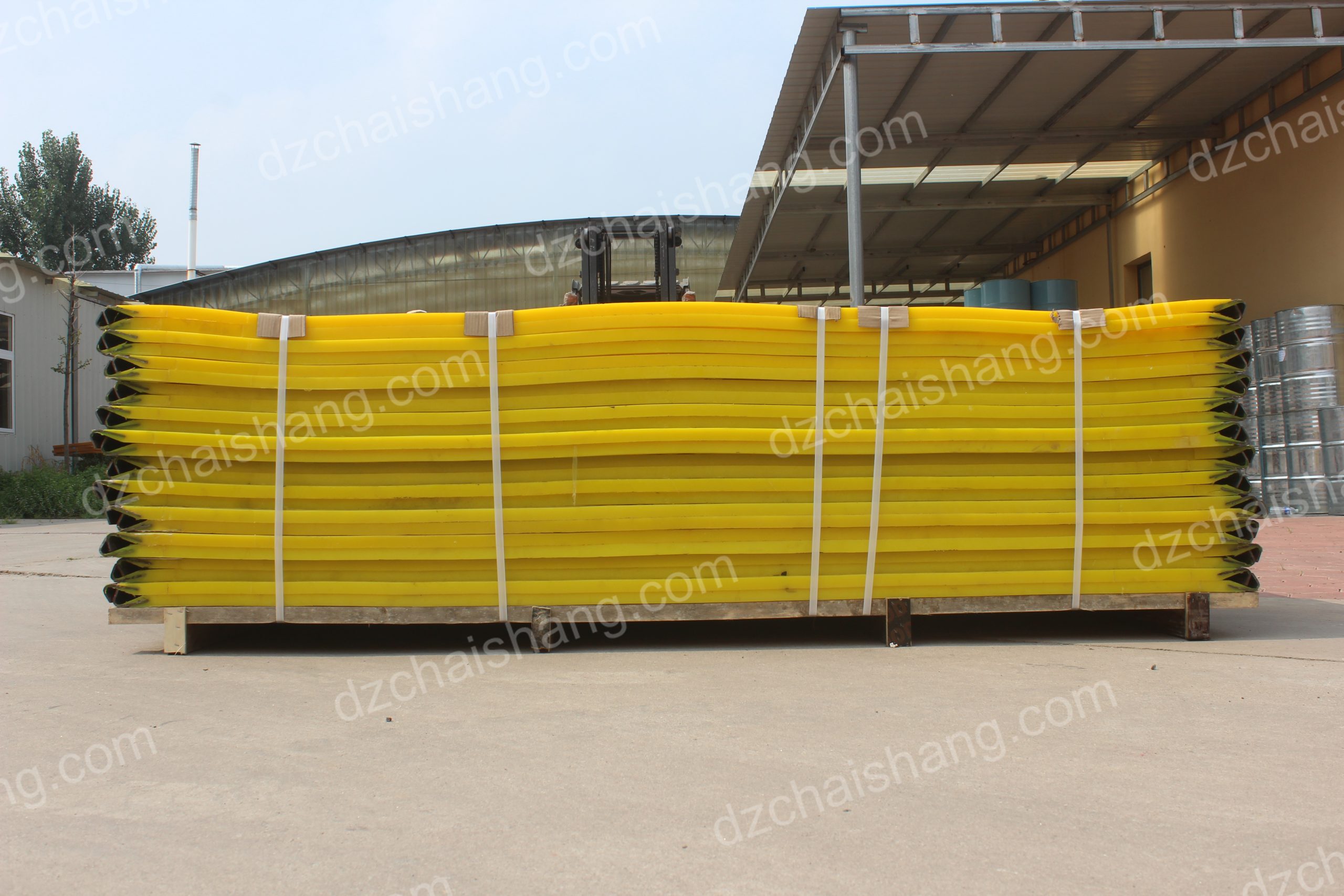 In conclusion, linear vibrating screens are efficient and reliable machines that are widely used in various industries for screening and grading of different materials. Their simple structure, high screening efficiency, and low power consumption make them a cost-effective solution for many applications. Whether in the mining, chemical, or recycling industry, linear vibrating screens play a crucial role in improving productivity and quality.
In conclusion, linear vibrating screens are efficient and reliable machines that are widely used in various industries for screening and grading of different materials. Their simple structure, high screening efficiency, and low power consumption make them a cost-effective solution for many applications. Whether in the mining, chemical, or recycling industry, linear vibrating screens play a crucial role in improving productivity and quality.
